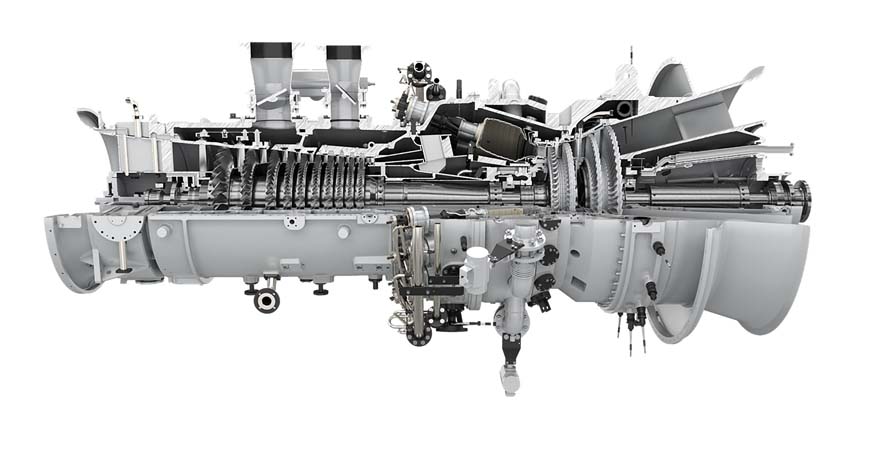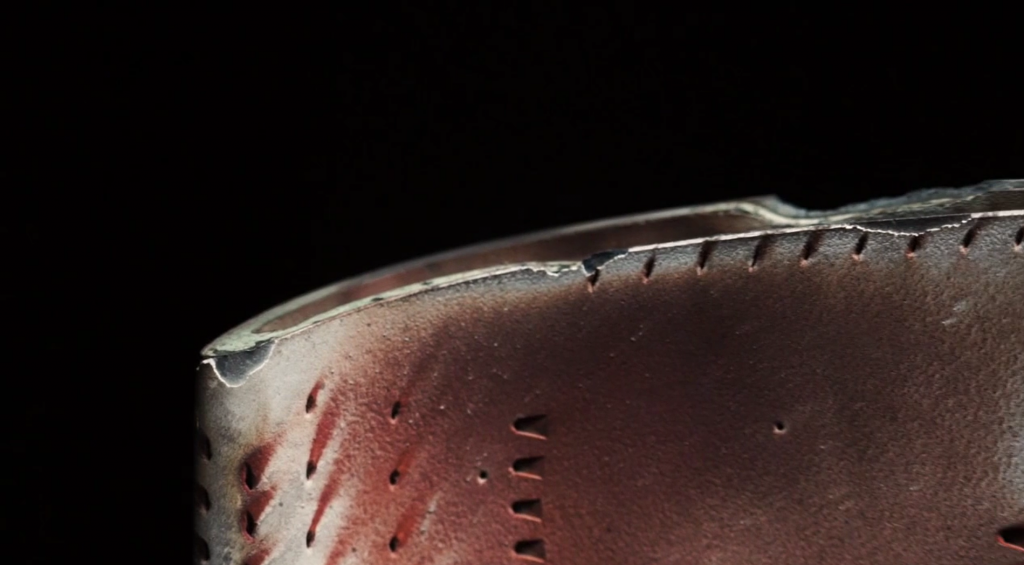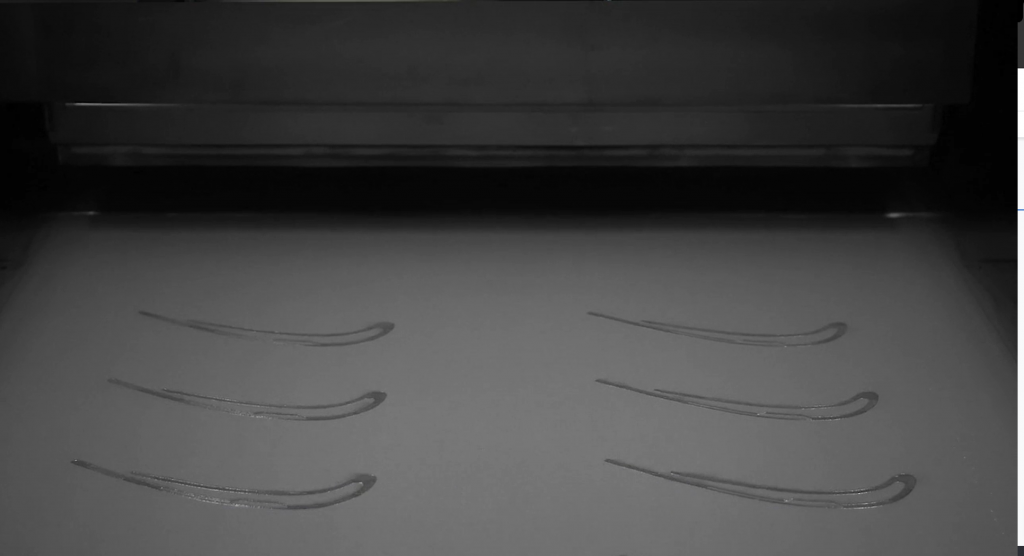Energy technology company Siemens Energy has developed a novel digital repair chain to 3D print new features onto conventionally manufactured gas turbine blades.
Interestingly, the fully automated chain makes use of a specially-developed laser powder bed fusion process – HybridTech – rather than DED-based 3D printing technology, which is usually the go-to for MRO applications. Beyond just repairing the turbine blades, the chain is intended to provide upgrades, specifically by implementing intricate cooling channels into blade tips to alleviate the risk of cracks and defects.

The problem of blade tip burn-off
The power output of about ten Porsche 911s is reportedly what every blade in a typical Siemens gas turbine engine is responsible for converting into rotational energy. As you might imagine, the high gas velocities coupled with the already high operating temperatures of such an engine can result in significant heat-induced blade degradation.
A phenomenon known as burn-off can lead to material loss at the very ends of blade tips, increasing the gap between the blade and the outer ring segment. By design, this gap is supposed to be as tight as possible, so any material loss tends to cause a drastic drop in the power efficiency of the entire turbine engine.
Burn-off is also a cyclical problem, as the formation of wider gaps often results in an increase in the temperature of the blade due to an abundance of hot gas overflow. This in turn results in a faster rate of material loss, further increasing the distance of the gap.

The HybridTech approach
Siemens Energy’s new HybridTech repair chain leverages laser powder bed fusion to 3D print complex high resolution structures with internal cooling channels directly onto the tips of damaged blades. The high resolution is especially important here as the tips of turbine blades tend to have very limited cross-sectional areas.
The fully automated CAD-CAM chain is intended to work with a variety of different blade types, as many of the parts will probably differ in their geometric designs, not to mention varying levels of tip damage.
It works by first processing a blue light 3D scan of the blade tip, which allows the HybridTech algorithms to morph and adapt the build to the shape of each individual turbine blade. Then, nested directly in the powder bed, the damaged components are covered and printed directly on top of, enabling 3D printed features on originally investment casted blades.
Although the extent of the technology’s application is still largely unexplored, the company has already manufactured the first set of hybrid blades with integrated cooling structures. Siemens Energy is currently in the process of converting its existing standard repair procedure to the new one, and has stated that HybridTech is to be applied to other conventionally manufactured components in the near future.

Siemens already has a history of adopting 3D printing technology, so advancements in critical component repair shouldn’t come as a surprise. The company recently opened its Advance Manufacturing Transformation Center (AMTC) in the western part of Singapore in Tuas. Considered a first-of-its-kind competence center, the 800 sq.m. AMTC comprises three elements; a Digital Enterprise Experience Centre (DEX), Additive Manufacturing Experience Center (AMEC), and Rental Labs.
Towards the end of last year, the company also opened a test facility to pilot an additive manufacturing series production line as part of the Industrialization of Digital Engineering and Additive Manufacturing (IDEA) project. The work is ultimately intended to enhance the serial production capabilities of laser PBF, increasing the technology’s productivity while cutting development and throughput times by 50%.
Subscribe to the 3D Printing Industry newsletter for the latest news in additive manufacturing. You can also stay connected by following us on Twitter and liking us on Facebook.
Looking for a career in additive manufacturing? Visit 3D Printing Jobs for a selection of roles in the industry.
Featured image shows heat-induced blade tip burn-off starting to set in. Photo via Siemens Energy.



